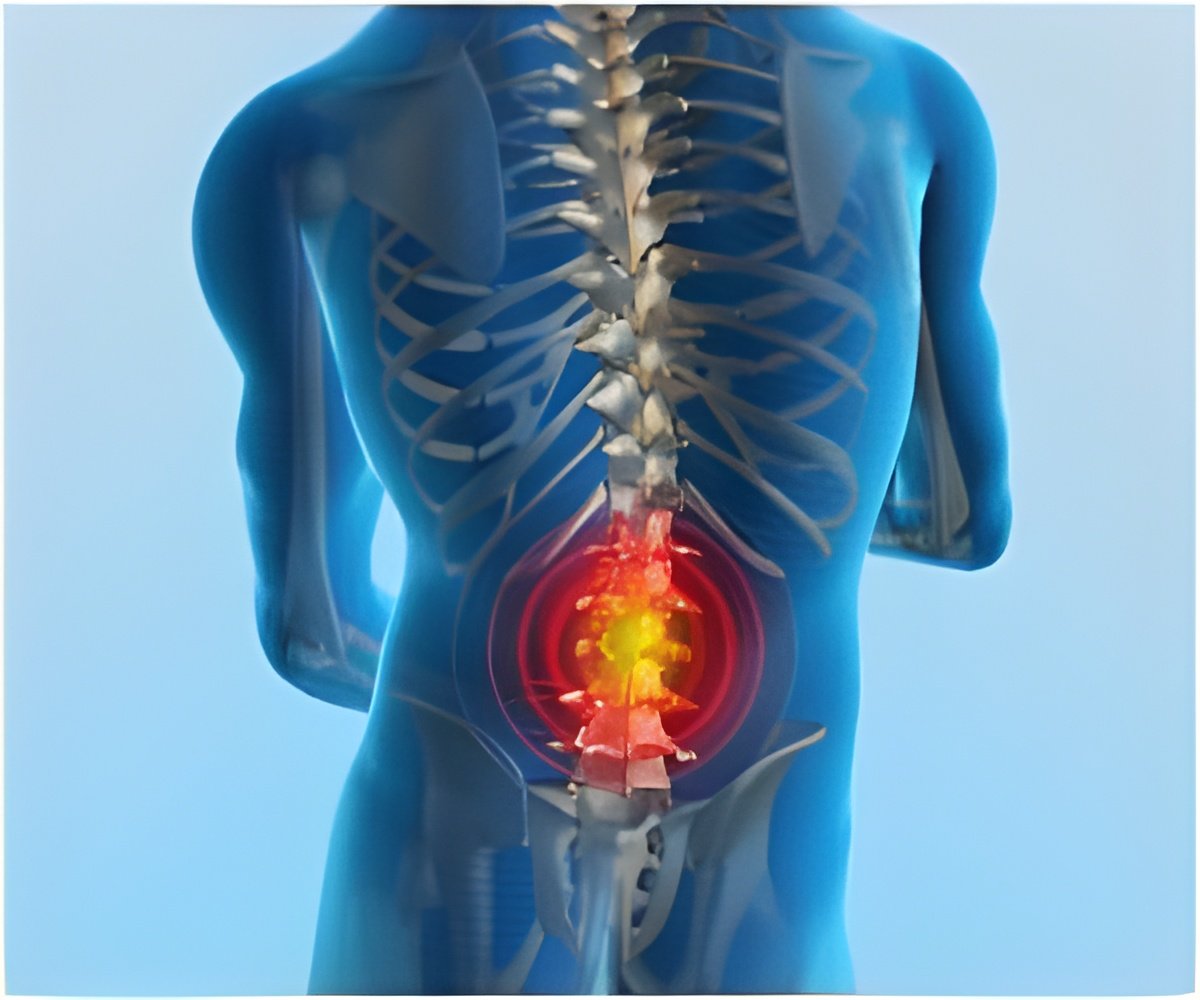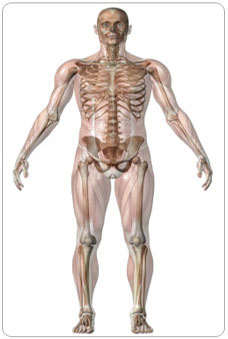In asymptomatic young men, cam impingement is associated with hip damage and can be detected using magnetic resonance imaging (MRI), shows study.

"Given that cam-type deformities are common in young asymptomatic males, we examined whether the deformities were associated with early signs of MRI detected hip damage," explains lead author Dr. Stephan Reichenbach from the Institute of Social and Preventive Medicine at the University of Bern in Switzerland. The researchers recruited participants from a population-based group of male individuals enrolling in the Swiss army at a single recruiting center. A total of 244 males with a mean age of 20 years reported having no hip pain and were qualified for the study. MRIs were conducted and one hip in each participant was examined for cam-type deformities, labral lesions, signs of cartilage damage and impingement pits.
Researchers detected 67 definitive cam-type deformities in study participants with these men having higher body mass index and decreased internal rotation. Labral lesions were detected in 85% of participants with cam-type deformities and in only 67% of those without the deformity. Labral avulsions were found in 76% of participants with the deformity and 58% of those without. In participants with cam-type deformity versus those without, impingement pits were observed in 30% and 12%, respectively.
The authors report an adjusted prevalence of 24% for cam-type deformities in the study population along with a high frequency of signs of joint damage. The signs of joint damage found in participants could be an outcome in the sequence from normal to osteoarthritic hips, they suggest. "Our study is the first population-based MRI study to confirm the role of cam-type deformities of the hip as a potential risk factor for joint damage," concluded Dr. Reichenbach. "Longer-term studies are needed to determine if cam-type deformity increases risk of developing hip OA."
Source-Eurekalert









